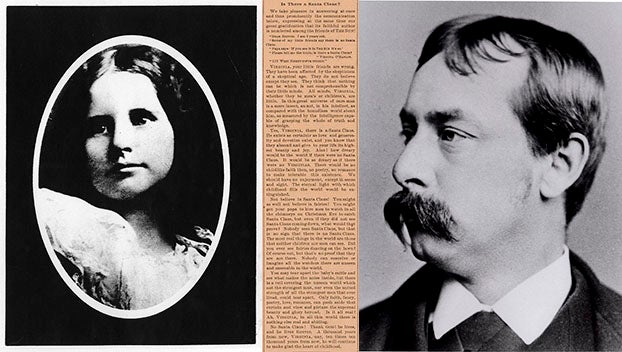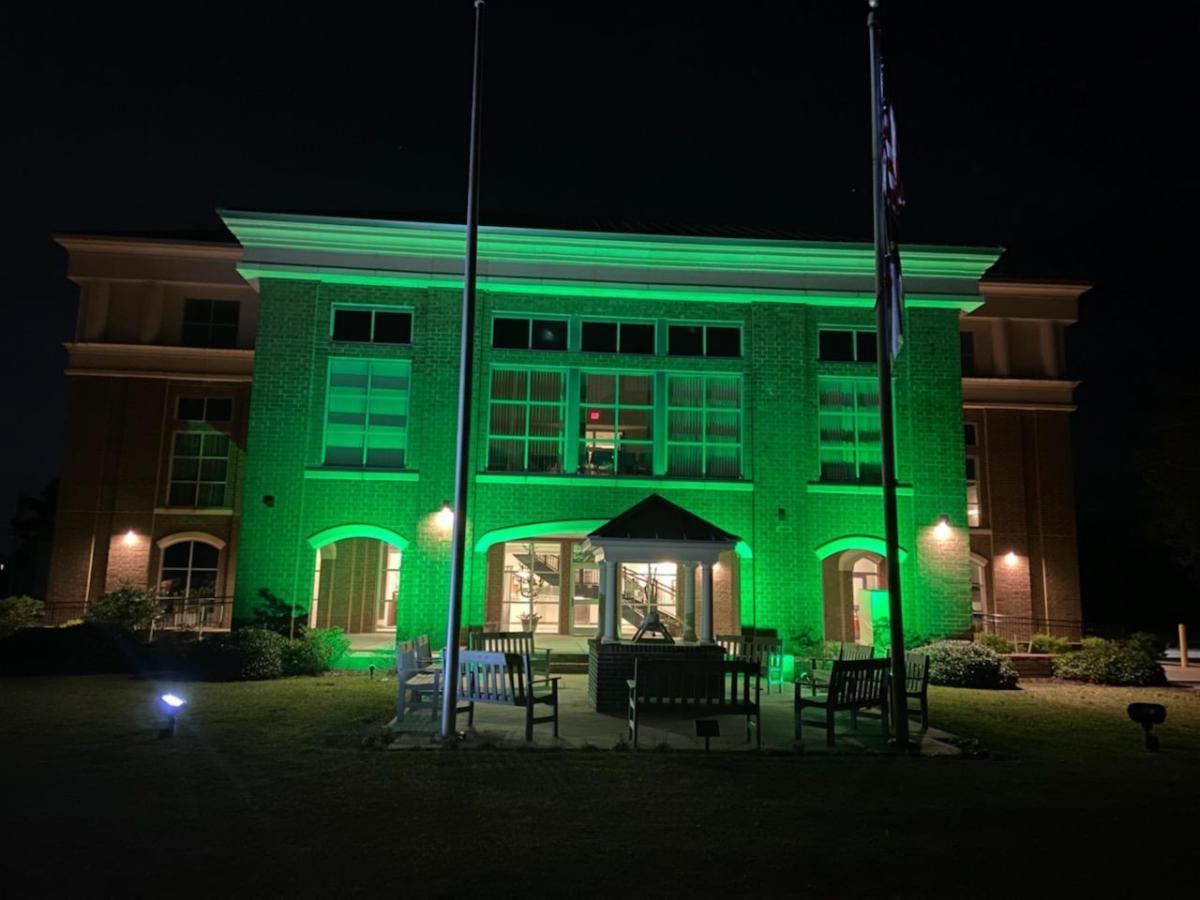It’s a matter of experience
Published 6:31 pm Friday, March 23, 2018
Today marks an interesting point in what will become history. It’s a day in which the younger generation will take to the streets to demand that children’s safety become a priority in an ultimate quest to end gun violence in schools across the nation.
Since the Feb. 14 shooting at Marjory Stoneman Douglas High School in Parkland, Florida, in which 17 adults and students were killed, there has been a groundswell of social and political engagement on the issue of school violence. It manifests itself in the March for our Lives today. March for our Lives isn’t a single event in Washington, D.C., though that will probably be the largest event in the country. It’s not even limited to the U.S. March for Our Lives events are on the move in places as far away as Japan and as close as Greenville — a total of 835 organized marches across the world. In eastern North Carolina, marches are slated to happen in Elizabeth City, Nags Head, Murfreesboro, Fayetteville, Bayboro and Wilmington, in addition to Greenville.
It can be deceptively easy to write this social action off: what do they know? It’s just a bunch of kids and kids should respect the authority and laws made by the adults who know better than them.
That may be true. But this generation of children knows something far better than most adults in their midst do.
The first mass shooting that really made a national impact was at Columbine High School in Littleton, Colorado. It certainly wasn’t the first school shooting ever recorded in the U.S.; it wasn’t even the most deadly — at that point, the shooting deaths of 16 people from a tower at the University of Texas in Austin by former U.S. Marine Charles Joseph Whitman held that dubious honor. Perhaps it was the methodical way that Eric Harris and Dylan Klebold mowed down 12 classmates and a teacher that captured the horrified attention of the American public.
That tragedy happened in 1999. It was after Columbine that schools really began practicing for active shooter situations.
With very few exceptions, every current high school student in the U.S. had yet to be born in 1999. These current high schoolers are the first generation of students that has grown up preparing for the day an active shooter walks into their school. It has always been their normal to take part in drills, imagining how they would escape death or save their classmates in case their school was next. In some kindergarten classes, children’s first experience with lockdown drills is called “the silent game,” where they hide and stay silent. That is their reality.
These children know what that’s like to prepare to survive — not just a tornado or fire, but to survive a person walking into their school with a weapon with the intent to kill. The adults in their lives probably do not.
It would appear that the Marjory Stoneman shooting was a tipping point that’s prompted children to speak up about a very real issue and very real fears.
They are speaking from experience. It’s up to adults to listen.




